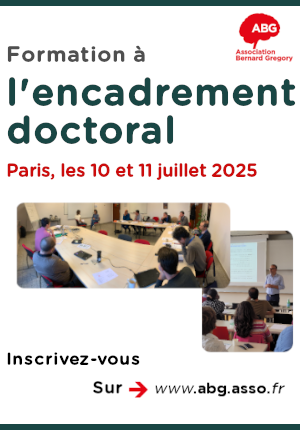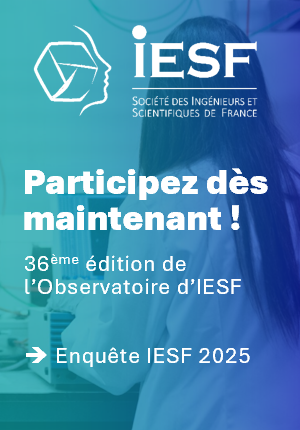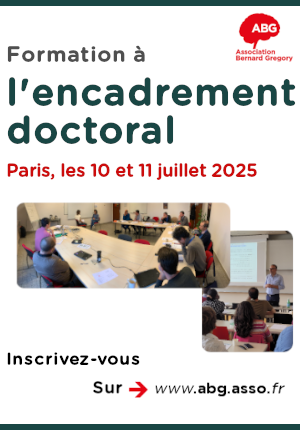Integrating Deep Learning into Multiscale Modeling of Partially Saturated Soils: from Pore to Geostructure
| ABG-131360 | Thesis topic | |
| 2025-04-23 | Public funding alone (i.e. government, region, European, international organization research grant) |
- Engineering sciences
Topic description
Granular soils display intricate constitutive behavior due to their discrete composition, rendering their mechanical properties inherently complex. When both liquid and gas phases are present, forming a three-phase system, this complexity is further amplified, challenging the effectiveness of traditional constitutive models. However, it remains crucial for engineers to develop accessible and practical models to accurately analyze and predict the mechanical behavior and stability of granular soils, especially when subject to wetting and drying cycles at the structural scale.
Recent collaborative research conducted by La Rochelle University and the University of Calgary has successfully combined multiphase Lattice Boltzmann Methods (LBM) with the Discrete Element Method (DEM) to investigate the influence of increased water content and relative humidity on the cohesion of granular soils. For the first time, their study numerically captures a regime transition in partially saturated porous media—from the pendular regime, dominated by capillary doublets between solid particles, to the funicular regime, where most capillary bridges have coalesced. This transition leads to a substantial reduction in capillary forces, triggering a spontaneous decrease in the overall mechanical strength of the granular assembly.
While multiphase Allen-Cahn LBM approaches offer the possibility of phase separation and interface dynamics at the pore scale, current computational constraints, even with intensive GPU calculations, limit their ability to simulate the mechanical strength and stability of granular soils at the geostructure scale. To overcome this limitation, this project aims to implement a special scale-shifting technique that integrates small-scale capillary effects, enabling the derivation of mechanical properties at the engineering scale for multiphasic-heterogeneous soils.
To achieve this, we propose the numerical computation of an average stress tensor through coupled DEM x LBM simulations of a highly polydisperse, partially saturated granular assembly. These simulations will encompass three-dimensional models containing several tens of thousands, or even hundreds of thousands, of elementary particles, subjected to a variety of mechanical and hydraulic loadings. This mean stress tensor will be derived from discrete interparticle contact forces and small-scale capillary forces, facilitating the creation of a comprehensive database.
The above-mentioned database will then be utilized to determine the mechanical strength of partially saturated heterogeneous granular soils undergoing wetting and drying cycles. Transitioning to the macroscopic scale will involve coupled MPM x DEM or FEM x DEM numerical simulations at the geostructure scale, supported by Deep Learning techniques to identify a constitutive law tailored to partially saturated soils. Neural network approaches, trained on the previously established database, will play a central role in this scale-shifting process.
A few references on the subject
N. Younes, Z. Benseghier, O. Millet, A. Wautier, F. Nicot, R. Wan: Phase-field Lattice Boltzmann model for liquid bridges and coalescence, Powder Technology, Volume 411, 2022.
N. Younes, A. Wautier, R. Wan, O. Millet, F. Nicot, and R. Bouchard. “DEM-LBM coupling for partially saturated granular assemblies.” Computers and Geotechnics 162 (2023): 105677.
R. Bouchard, N. Younes, O. Millet, A. Wautier (2024): Parameter optimization of phase-field-based LBM model for calculating capillary forces, Computers and Geotechnics, Volume 172, August 2024, 106391
Starting date
Funding category
Funding further details
Presentation of host institution and host laboratory
The PhD candidate will become part of the prestigious International Research Network (IRN GeoMech), focused on Multi-Physics and Multi-scale Couplings in Geo-environmental Mechanics, under the guidance of Olivier Millet (LaSIE-CNRS). This unique international joint PhD program offers an enriching experience, with equal time spent at La Rochelle University and the University of Calgary (18 months each). This collaborative framework is designed to open doors to exciting academic career opportunities upon successful completion of the dissertation.
The student will have the opportunity to draw on the expertise and pioneering research contributions from both La Rochelle University and the University of Calgary in this specialized field (see references below). This collaboration ensures a robust academic foundation and access to leading edge research that will enhance their research experience.
PhD title
Country where you obtained your PhD
Graduate school
Candidate's profile
Applicants should hold a master’s degree in engineering or applied mathematics, with a strong background in Continuum mechanics, Coupled phenomena in physics, Applied and computational mechanics, Big data analytics, Neural networks and Machine learning.
Vous avez déjà un compte ?
Nouvel utilisateur ?
Get ABG’s monthly newsletters including news, job offers, grants & fellowships and a selection of relevant events…
Discover our members
 Nokia Bell Labs France
Nokia Bell Labs France  Groupe AFNOR - Association française de normalisation
Groupe AFNOR - Association française de normalisation  ASNR - Autorité de sûreté nucléaire et de radioprotection - Siège
ASNR - Autorité de sûreté nucléaire et de radioprotection - Siège  MabDesign
MabDesign  TotalEnergies
TotalEnergies 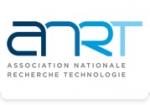 ANRT
ANRT 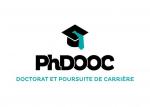 PhDOOC
PhDOOC  SUEZ
SUEZ  CASDEN
CASDEN  Ifremer
Ifremer  Généthon
Généthon  MabDesign
MabDesign  ONERA - The French Aerospace Lab
ONERA - The French Aerospace Lab  Laboratoire National de Métrologie et d'Essais - LNE
Laboratoire National de Métrologie et d'Essais - LNE  Aérocentre, Pôle d'excellence régional
Aérocentre, Pôle d'excellence régional  CESI
CESI  Institut Sup'biotech de Paris
Institut Sup'biotech de Paris  Tecknowmetrix
Tecknowmetrix 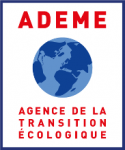 ADEME
ADEME

